RFID Tunnel,The Driving Force Behind Intelligent Upgrades
347RFID Tunnel With its efficient and accurate capabilities in item identification and data collection, it overcomes the limitations of traditional recognition methods
MoreAll RFID Product
When people talk about inventory management, the first thing that usually comes up is barcodes. They’ve been around for decades, and they work, but anyone who’s spent time in a warehouse knows the drill: endless scanning, manual checks, and sometimes frustrating mismatches between what the system says and what’s actually on the shelves. That’s where RFID has slowly started to change the game.
The biggest difference with RFID is visibility. Instead of scanning one box at a time, you can literally walk past a pallet and the tags will “announce” themselves to the reader. Suddenly, you know what’s in stock, where it is, and how fast it’s moving. That real-time snapshot of inventory is what makes managers sleep better at night—no more guessing whether something is in aisle five or on the truck that just left.
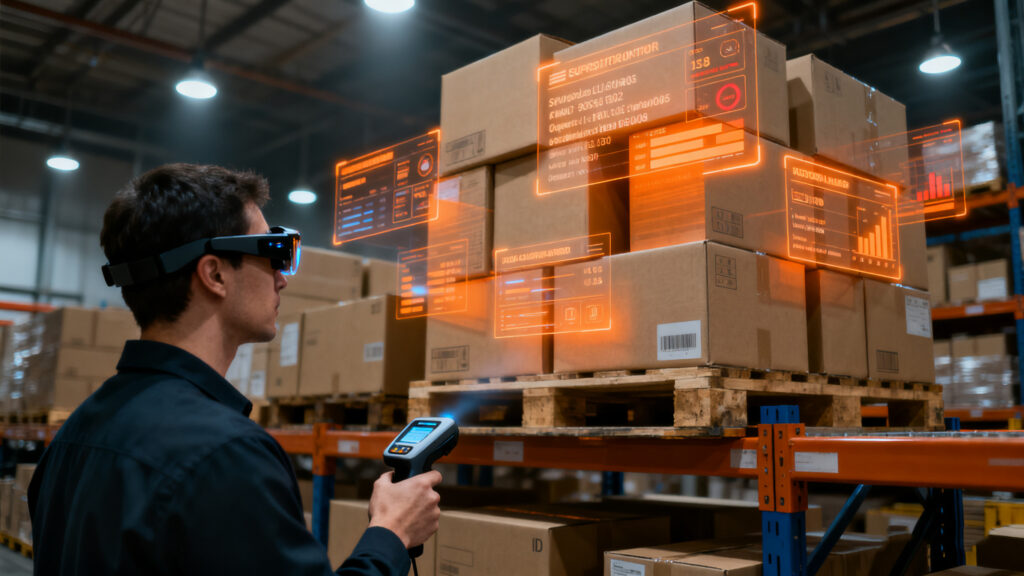
And accuracy goes up. Human error doesn’t disappear, but it drops. No forgotten scans, no mistyped item codes. If you’ve ever been stuck explaining why a shipment was short two units even though the system claimed everything was fine, you’ll appreciate how much headache RFID saves.
The tech isn’t just fancy tracking. It changes daily routines:
And there’s an underrated benefit—customer experience. If stock levels are correct, you don’t disappoint customers with “out of stock” messages or delays. That kind of reliability quietly builds trust.
Anyone who says RFID is flawless is overselling. Tags don’t love metal surfaces or water, so warehouses full of canned goods or liquids can struggle. The infrastructure isn’t cheap either; readers, antennas, integration with existing WMS or ERP systems—it adds up fast. Small businesses might hesitate just looking at the price tag.

Integration can be a headache too. If your current system wasn’t designed with RFID in mind, connecting the dots takes planning, sometimes even a full redesign of warehouse workflows. And don’t forget security—RFID tags can, in theory, be read by the wrong people if protections aren’t in place.
Plenty of industries have already shown what’s possible. Fashion retailers use RFID to keep store shelves accurate and to enable “ship from store” models. Cold storage warehouses rely on it to track pallets without unwrapping everything. Even manufacturers tag raw materials to know exactly where things stand on the production floor.
In each case, the pattern is the same: better data, faster decisions, fewer mistakes.
So, what’s the real use of RFID in inventory management? It’s not about shiny technology for its own sake. It’s about cutting down wasted time, reducing errors, and giving managers a clear picture of what’s happening in their supply chain. The road isn’t without bumps—costs, technical limits, system integration—but for businesses willing to invest, the payoff shows up in smoother operations and happier customers.
In other words, RFID doesn’t replace the fundamentals of inventory management; it makes them finally work the way they were always supposed to.
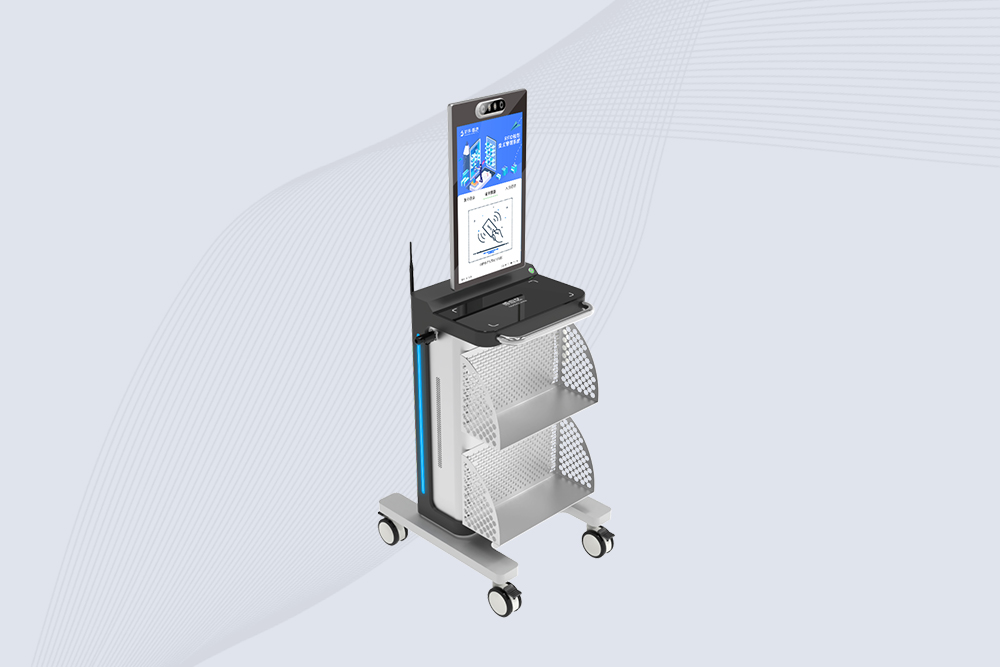
Cykeo CK-C1B RFID to track inventory system features 800+ items/hour scanning, telescopic antenna, and real-time shelf analytics for libraries/warehouses. Supports Windows/Android OS.
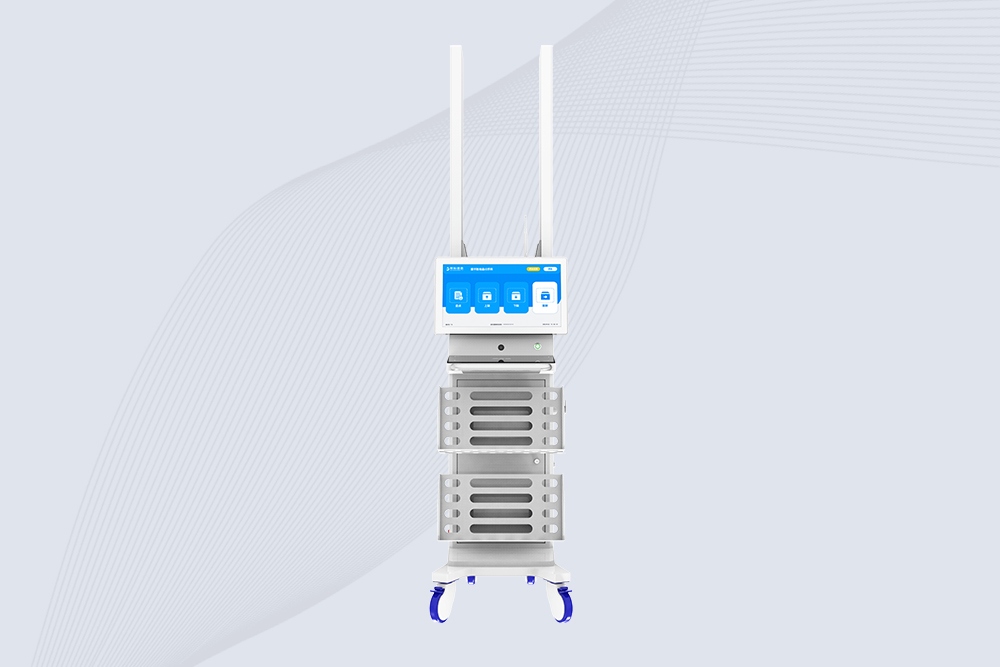
Cykeo CK-C1A RFID tag inventory system features vertical 2.2m manual lift, dual antennas, and Android/Windows OS for warehouse/library inventory. Supports SAP/Oracle integration.
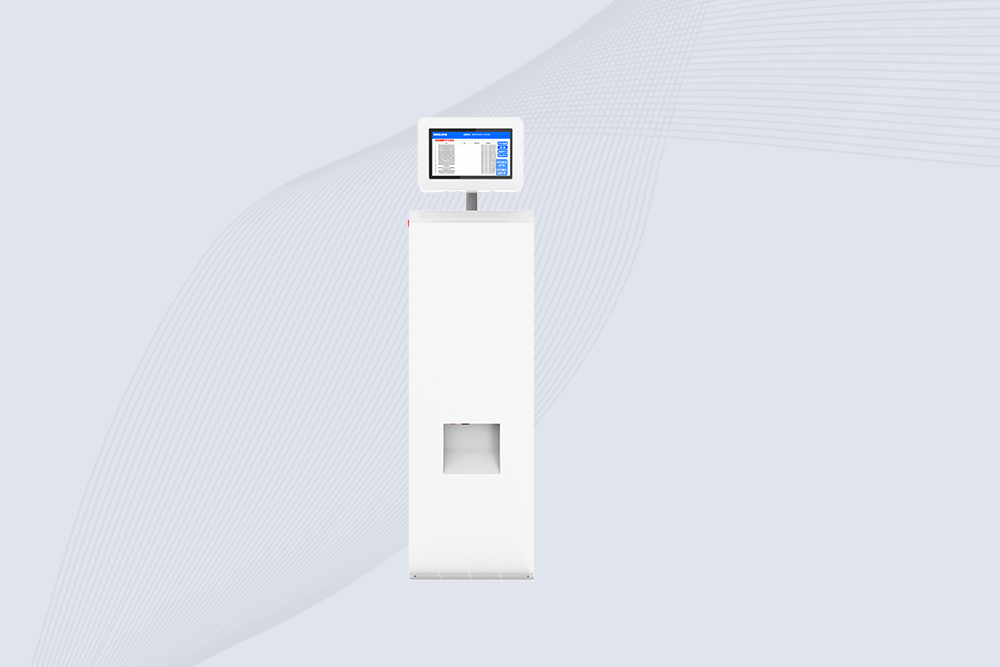
Cykeo CK-T8B industrial rfid gate access system offers 1.85m scanning corridor, 99.6% read accuracy, and Windows/Android OS for production line verification. Supports SAP/Oracle integration.
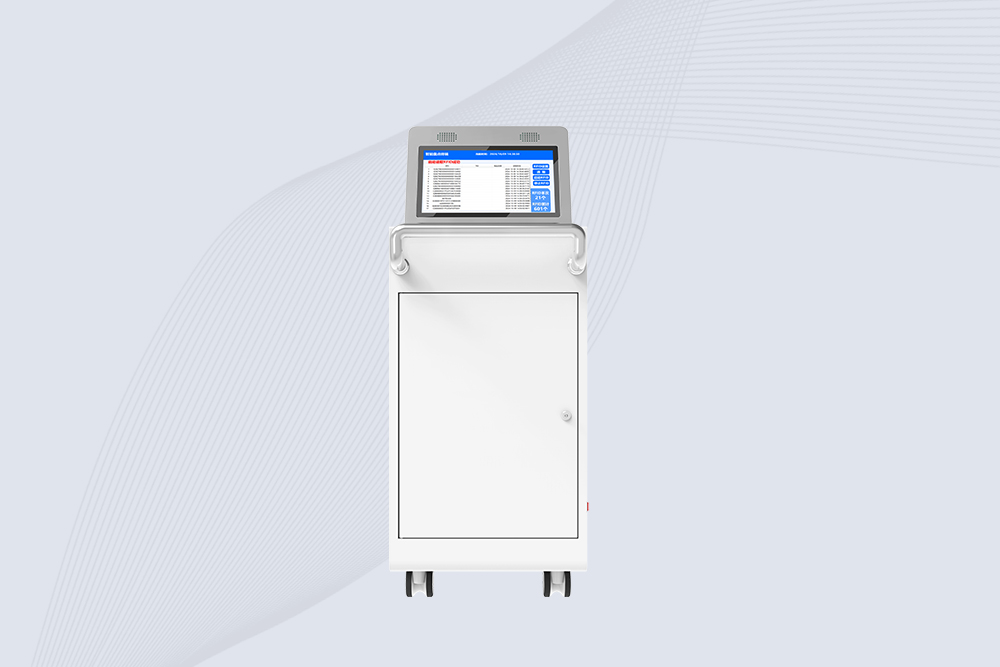
Cykeo CK-C4C RFID inventory tracking cart features 10-antenna array, 300+ items/min scanning, and SAP integration for real-time asset visibility in warehouses/hospitals.
RFID Tunnel With its efficient and accurate capabilities in item identification and data collection, it overcomes the limitations of traditional recognition methods
MoreDiscover how advanced RFID readers are transforming pet identification and management in clinics, shelters, and homes with speed and precision.
MoreLearn actionable strategies to boost RFID tag read accuracy using high-performance antennas. Discover antenna selection, placement, and interference reduction techniques.
MoreThis article provides a comprehensive overview of wireless RFID scanners, including how they work, their key features, common applications, and buying considerations, helping businesses achieve efficient asset tracking and intelligent data collect...
More